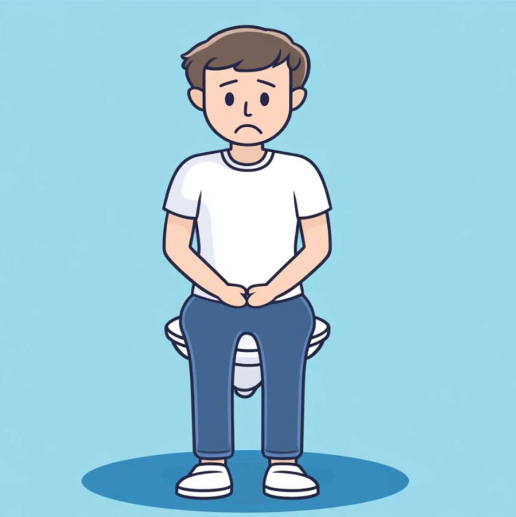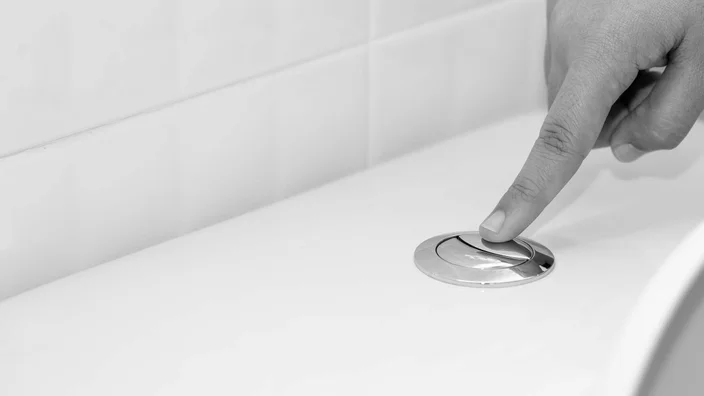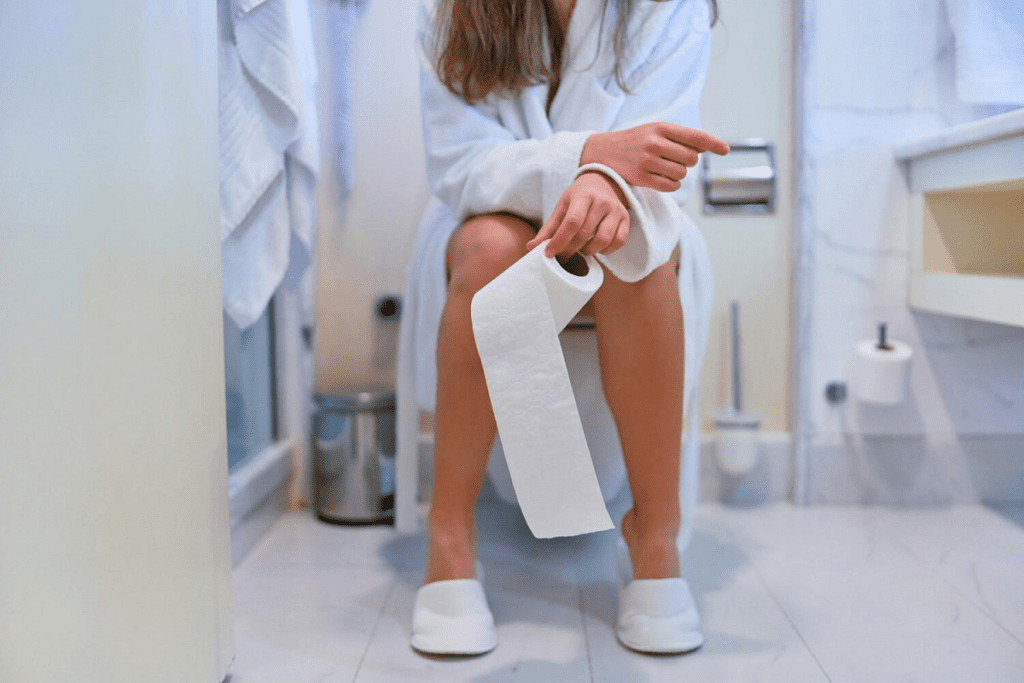Have you ever wondered how many times you should pee in a day to maintain good health? While it might seem like a trivial question, your urinary habits are actually a crucial indicator of your overall well-being. Peeing the right number of times can signal proper hydration, efficient kidney function, and a well-balanced lifestyle. But what’s the magic number? Let’s dive into the ideal urinary frequency, factors that can influence it, and signs that might indicate something’s wrong.

Why Does Urination Frequency Matter?
The Role of Urination in the Body
Urination is one of the body’s main ways of removing waste and excess fluids. Your kidneys filter waste products from the blood, and the bladder stores this waste until you pee. Proper urination frequency helps maintain a healthy balance of fluids, electrolytes, and toxins in your body. By observing your urination habits, you can get a good sense of your overall hydration and kidney function.
A Key Indicator of Hydration
How often you pee is closely linked to your hydration levels. Staying properly hydrated helps regulate body temperature, improve cognitive function, and maintain energy levels. Urinating too little or too much can suggest dehydration or overhydration, respectively—both of which can impact your health.
Factors That Affect Urination Frequency
1. Fluid Intake
It’s no surprise that the more you drink, the more you need to pee. Your daily water intake is the biggest factor influencing how often you urinate. Consuming high amounts of water, tea, coffee, or other beverages increases the frequency of trips to the bathroom.
2. Diet and Food Choices
Certain foods and drinks have diuretic effects, meaning they increase urine production. Foods like celery, watermelon, and asparagus have high water content, leading to more frequent urination. Beverages containing caffeine or alcohol can also cause you to pee more often, as they act as diuretics.
3. Medications and Supplements
Some medications, like diuretics prescribed for high blood pressure or fluid retention, can increase the frequency of urination. Supplements like vitamin B6 and vitamin C, which are water-soluble, can also cause more frequent peeing as your body flushes out the excess.
4. Age and Bladder Capacity
As you age, your bladder’s capacity can decrease, leading to more frequent urination, particularly at night. This condition, known as nocturia, is common among older adults. Additionally, hormonal changes during pregnancy can increase urination frequency due to pressure on the bladder and increased blood flow to the kidneys.

5. Health Conditions
Certain medical conditions can have a direct impact on how often you need to pee. Diabetes, urinary tract infections (UTIs), kidney disease, and prostate problems are some examples. If you notice sudden changes in your urination frequency, it could be worth discussing with a healthcare provider.
What Is Considered a Normal Urination Frequency?
The Ideal Number of Times to Pee
For a healthy adult, urinating between 6 to 8 times within a 24-hour period is considered normal. This range varies slightly based on individual factors like fluid intake, activity level, and diet. Some people may pee as few as 4 times a day or as many as 10 times, especially if they drink lots of fluids or consume diuretic foods and drinks.
Factors That Can Alter Normal Frequency
If you’re drinking more water than usual or engaging in high-intensity exercise, it’s normal to pee more frequently. On the other hand, consuming less water, a low-sodium diet, or being in a hot climate can reduce the need to pee.

Signs of Potential Urinary Health Problems
1. Increased Frequency
Frequent urination beyond 10 times a day could indicate health concerns like diabetes, a UTI, or an overactive bladder. Frequent night-time urination, known as nocturia, may also be a sign of underlying health issues, particularly in older adults.
2. Decreased Frequency
If you find yourself peeing fewer than 4 times a day, it could signal dehydration or potential kidney problems. In some cases, this could also be due to medications that limit urine production.
3. Discomfort or Pain

Pain or burning during urination is always a red flag. It could indicate a UTI, kidney stones, or other urinary tract issues. Persistent discomfort while peeing should prompt a visit to your healthcare provider.
4. Color and Odor of Urine
Healthy urine is typically pale yellow, like lemonade. If your urine is consistently dark yellow, it may indicate dehydration. Unusual colors like red or brown, or a strong odor, could signal infections or dietary imbalances and should be checked by a medical professional.
Maintaining Healthy Urination Habits
1. Stay Hydrated
Aim for 8-10 cups of water a day, adjusting based on activity level, climate, and individual needs. Staying properly hydrated helps maintain a consistent and healthy urination frequency.

2. Adjust Your Diet
Incorporate more hydrating foods like fruits and vegetables, but be mindful of diuretics like caffeine and alcohol if you find yourself peeing excessively.
3. Be Aware of Medication Effects
If you’re on medications that affect your urination frequency, consult your doctor about potential adjustments or additional hydration requirements.
4. Seek Medical Advice for Changes
Any sudden, unexplained changes in your urination frequency should be discussed with a healthcare provider, especially if accompanied by pain, discomfort, or unusual urine color.
Conclusion: Keep an Eye on Your Urinary Habits
Urinating 6-8 times a day is generally a good target for healthy adults, but individual factors can cause slight variations. Paying attention to your urination frequency, color, and any accompanying symptoms can provide valuable insights into your overall health. By staying hydrated, eating a balanced diet, and seeking medical advice when needed, you can maintain a healthy urinary system and support your well-being. Don’t ignore what your body is telling you—sometimes, your trips to the bathroom reveal more than you think.


